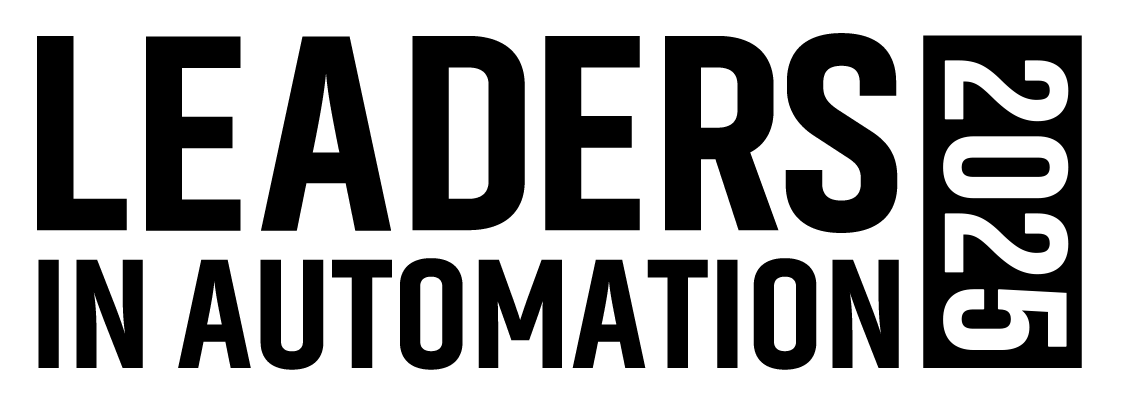Siemens Bets Big on Industrial AI's Future with Altair Acquisition and Industrial Foundation Model
Why this article is worth reading:
- Siemens is building an "Industrial Foundation Model" trained on 150 petabytes of verified engineering data to "speak the language of engineering and manufacturing" and handle complex tasks like identifying machining features and accelerating technical drawing creation.
- The $10 billion Altair acquisition represents a major consolidation in industrial software that will help make advanced simulation and AI tools accessible to companies of all sizes.
- Real-world success stories demonstrate measurable ROI from digital transformation initiatives across diverse industries, from Rolls-Royce creating AI-powered maintenance guides to Sachsenmilch preventing six-figure equipment failures.
“People tend to overestimate the promise of technology in the short run and underestimate it in the long run," said Tony Hemmelgarn, president and CEO of Siemens Digital Industries Software, at the company’s RealizeLive 2025 event.
His comment captures the overexuberance surrounding new technologies, which often leads many to tune out useful information when the early hype doesn’t live up to the technology’s immediate reality. The downside, of course, is that once someone has found a reason to dismiss a technology, they may well miss out on the real benefits it brings once the initial hype cycle has passed. And if they don’t miss it entirely, they may be faced with some serious catching up to avoid losing competitiveness.
While there are plenty of technologies this statement can be applied to, at the moment, this is most clearly about AI (artificial intelligence) and its many variants and applications. Illustrating Siemens’ focus on the long run when it comes to AI is its intent to develop what it refers to as an “Industrial Foundation Model”.
One of the biggest downsides to generative AI (genAI) tools is the fact that they are trained on such a wide base of information. This means that when concrete answers can’t be found to specific prompts, AI “hallucinations” can occur as the LLM attempts to compile a useful answer.
Siemens sees its “Industrial Foundation Model” as being the antidote to this by creating an LLM from specific, verified data sources to avoid the issue of hallucinations or incorrect responses.
Joe Bohman, executive vice president of PLM products at Siemens Digital Industries Software, explained: “AI doesn’t know engineering and manufacturing, that’s why we’re creating this Industrial Foundation Model, which will be built with 150 petabytes of product data and patents.”
To develop this LLM, Bohman said Siemens is working with data scientists and clients to build a model that “speaks the language of engineering and manufacturing.”
BSH's digital twin strategy has helped the company avoid the creation of data silos to ensure consistent information flow across 9,000 users and more than 1,000 product variants.
Initial use cases for this model include identifying machining features, development of maintenance strategies and accelerating P&ID creation. To enable this, the model will be able to able to understand text and images, as well as 3D models, 2D drawings and other industry-specific structures.
Siemens’ acquisition of Altair and extended collaboration with IBM
A major topic at RealizeLive 2025 was Siemens recent $10 billion acquisition of Altair Engineering Inc.
According to Siemens, this acquisition “significantly expands Siemens industrial AI and digital twin capabilities that will help make advanced simulation accessible to companies of all sizes.”
This comment underscores Siemens’ intent to put its software within easier reach of most manufacturers, following the company’s recent announcement that it has made its Teamcenter X software accessible to companies of all sizes via its new four-tier offering: Teamcenter X Essentials, Teamcenter X Standard, Teamcenter X Advanced and Teamcenter X Premium. Learn more about this expansion of Teamcenter X software.
Explaining the Altair acquisition, Siemens said it “delivers three key technology pillars to Siemens: advanced simulation capabilities in mechanical, structural, crash and electromagnetic analysis; high-performance computing through HPCWorks; and comprehensive AI/ML (machine learning) tools via RapidMiner.”
At first glance, many Altair technologies such as digital twins, AI, cloud and hybrid computing and physics-driven simulation, for example, could be seen as overlapping with much of Siemens Digital Industries Software’s existing catalog. However, Siemens maintains that there are “minimal overlaps” between the two companies’ technology, but plenty of additional capabilities that “substantially strengthen Siemens’ digital twin offerings.”
Siemens also introduced the Systems Modeler for SysML v2 Standard software as part of the Siemens Xcelerator portfolio. This software was developed in collaboration with IBM using IBM’s Rhapsody Systems Engineering. SysML v2 is a new modeling language for the specification, analysis, design, verification and validation of complex systems and systems-of-systems that feature mechanical, electrical, electronic and software components — an increasing feature of intelligent products.
Manufacturing and processing success stories
To illustrate the widening applications of Siemens Digital Industries software across industry, the company highlighted use of its software by several customers, such as:
- Rolls-Royce consolidated multiple legacy document systems using Siemens' digital thread technology and Insight Hub to create a production copilot that interprets telemetry data error messages and generates step-by-step maintenance guides as well as a customized OEE application.
- Unilever is addressing the challenge of smaller batch sizes in consumer goods manufacturing. Previously requiring up to a million manual interventions for product changes, the company now uses Siemens’ Enterprise Recipe Transformation to automate change processes in minutes rather than weeks by connecting equipment to BOMs.
AI doesn’t know engineering and manufacturing, that’s why we’re creating this Industrial Foundation Model, which will be built with 150 petabytes of product data and patents.
- Workhorse, an electric truck manufacturer, completed a six-month implementation of TeamCenter X to manage 2,700 part numbers for each truck across five truck models with 1,300 suppliers. Jeff Mowry, CIO at Workhorse, said the cloud-based software required minimal internal IT resources — which was key for Workhorse considering they only had one full-time IT support employee — while providing out-of-the-box BOM management and engineering change notice processing.
- Northrop Grumman announced that it has renewed its collaboration with Siemens for another three years to expand its use of the Xcelerator portfolio to streamline development cycles and accelerate the design and production of its defense system technologies.
- Frank Helmke, head of product lifecycle management at BSH Home Appliances Group (manufacturer of Bosch, Siemens, Thermador and Gaggenau brands) explained the company’s use of Siemens’ technologies such as Teamcenter, Designcenter, Xpedition and Mendix across its product development and manufacturing processes as part of the company’s digital twin strategy. This approach has helped the company avoid the creation of data silos to ensure consistent information flow across 9,000 users and more than 1,000 product variants. More specifically, it has enabled BSH to standardize processes, reduce customization and create a more agile product development ecosystem at the company. Helmke added that BSH uses the Mendix low-code platform to add capabilities to Teamcenter without resorting to mass customization efforts and to provide a bridge to greater use of AI agents.
- Sachsenmilch, a European processor of milk, butter, yogurt, cheese and dairy derivatives for products ranging from baby food to bioethanol, has been using Siemens' AI-powered Senseye Predictive Maintenance. According to Sachsenmilch, Senseye successfully detected a failing pump before breakdown, generating cost savings in the low six figures. The implementation of Senseye at Sachsenmilch included the integration of existing control system data with new vibration sensors and Siemens SiPlus CMS 1200 condition monitoring system. Sachsenmilch now plans to integrate Senseye with its SAP Plant Maintenance to automatically transfer maintenance notifications and improve planning.


